Laurent Dragoni
Sliding window strategy for convolutional spike sorting with Lasso : Algorithm, theoretical guarantees and complexity
Oct 29, 2021
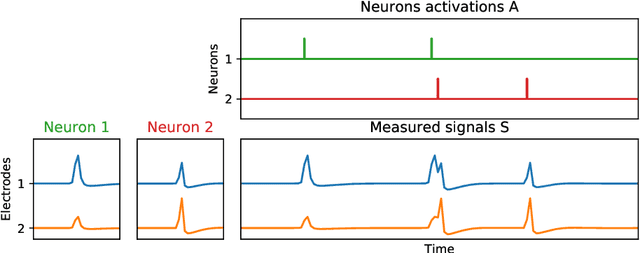
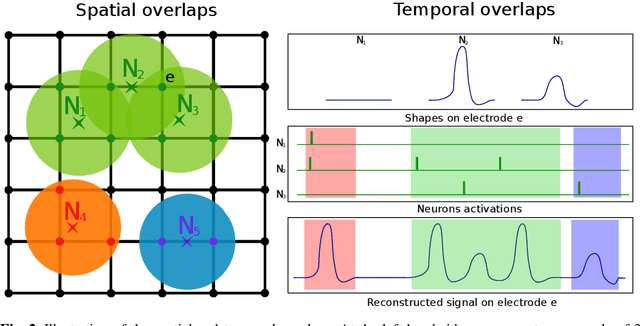
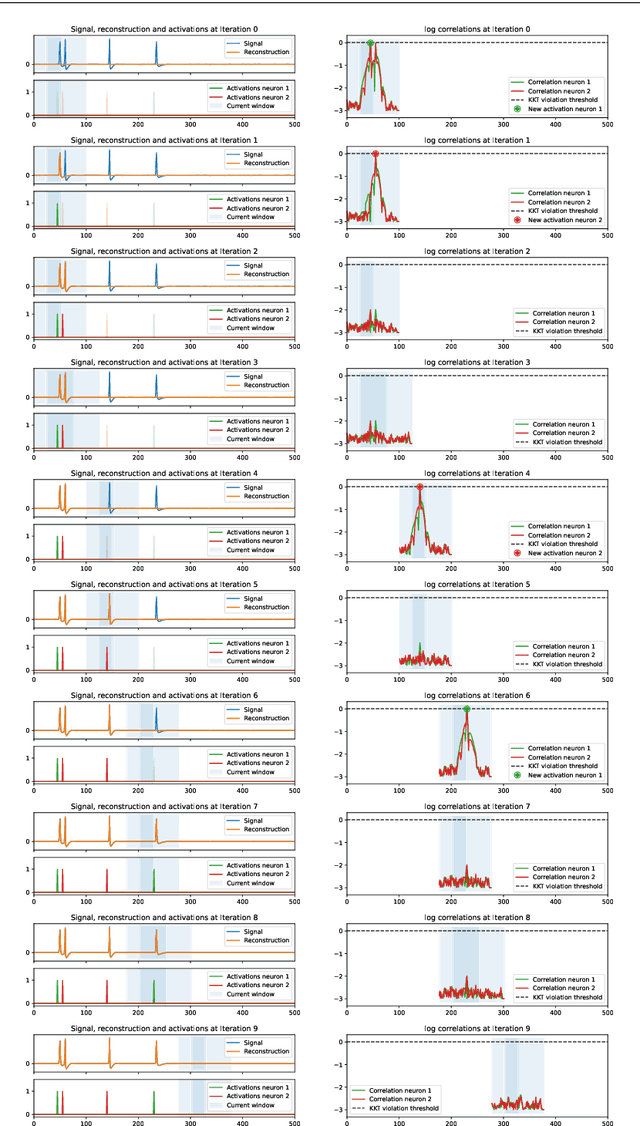
Abstract:We present a fast algorithm for the resolution of the Lasso for convolutional models in high dimension, with a particular focus on the problem of spike sorting in neuroscience. Making use of biological properties related to neurons, we explain how the particular structure of the problem allows several optimizations, leading to an algorithm with a temporal complexity which grows linearly with respect to the size of the recorded signal and can be performed online. Moreover the spatial separability of the initial problem allows to break it into subproblems, further reducing the complexity and making possible its application on the latest recording devices which comprise a large number of sensors. We provide several mathematical results: the size and numerical complexity of the subproblems can be estimated mathematically by using percolation theory. We also show under reasonable assumptions that the Lasso estimator retrieves the true support with large probability. Finally the theoretical time complexity of the algorithm is given. Numerical simulations are also provided in order to illustrate the efficiency of our approach.
Large scale Lasso with windowed active set for convolutional spike sorting
Jun 28, 2019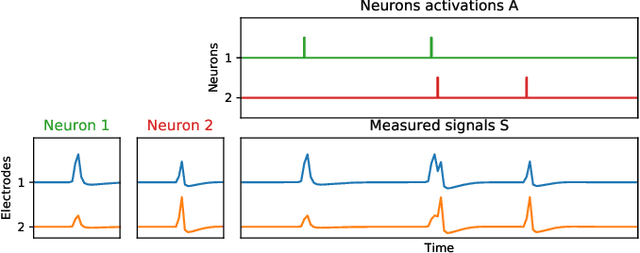
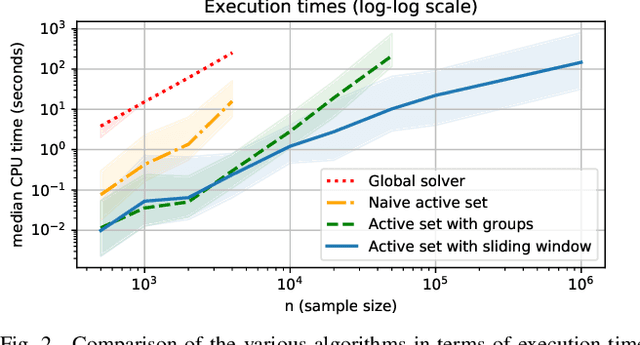
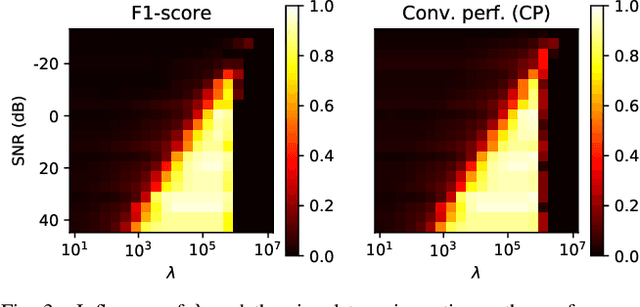
Abstract:Spike sorting is a fundamental preprocessing step in neuroscience that is central to access simultaneous but distinct neuronal activities and therefore to better understand the animal or even human brain. But numerical complexity limits studies that require processing large scale datasets in terms of number of electrodes, neurons, spikes and length of the recorded signals. We propose in this work a novel active set algorithm aimed at solving the Lasso for a classical convolutional model. Our algorithm can be implemented efficiently on parallel architecture and has a linear complexity w.r.t. the temporal dimensionality which ensures scaling and will open the door to online spike sorting. We provide theoretical results about the complexity of the algorithm and illustrate it in numerical experiments along with results about the accuracy of the spike recovery and robustness to the regularization parameter.
 Add to Chrome
Add to Chrome Add to Firefox
Add to Firefox Add to Edge
Add to Edge